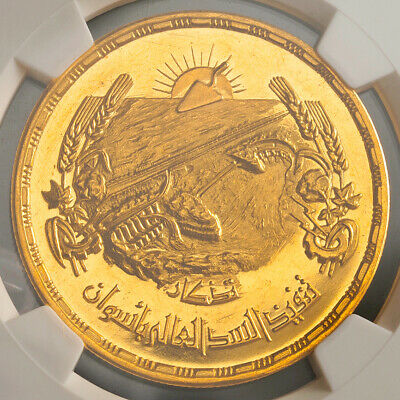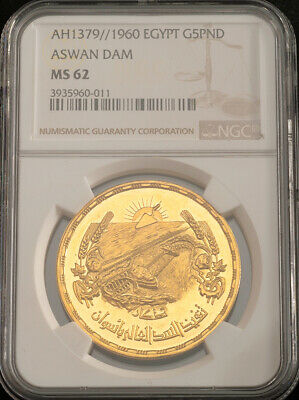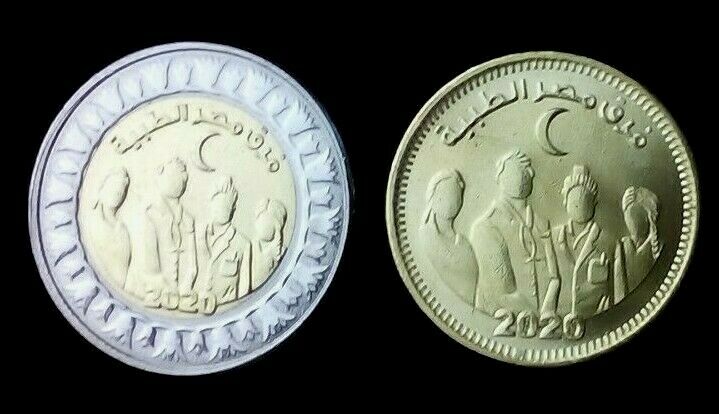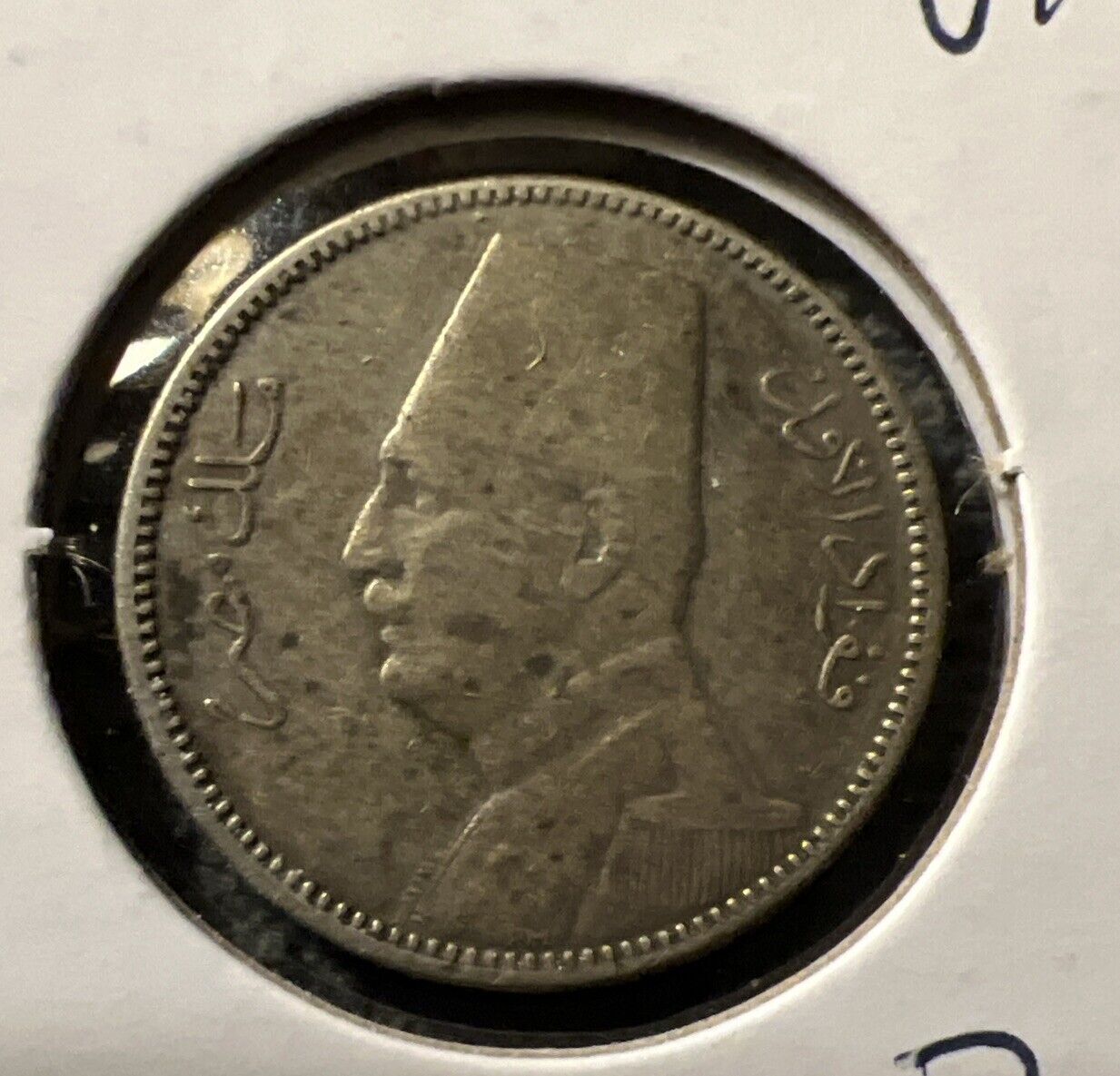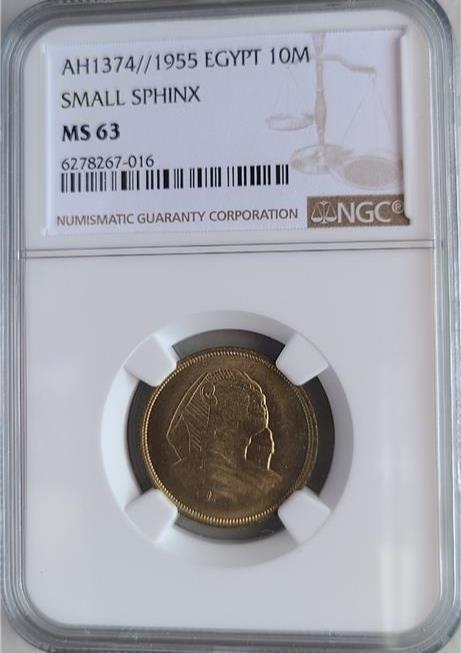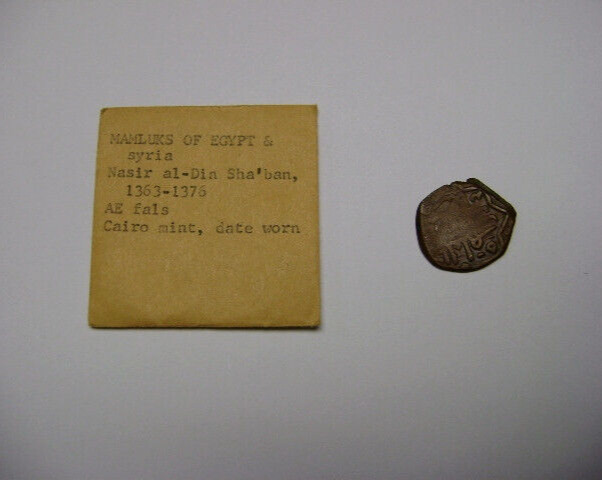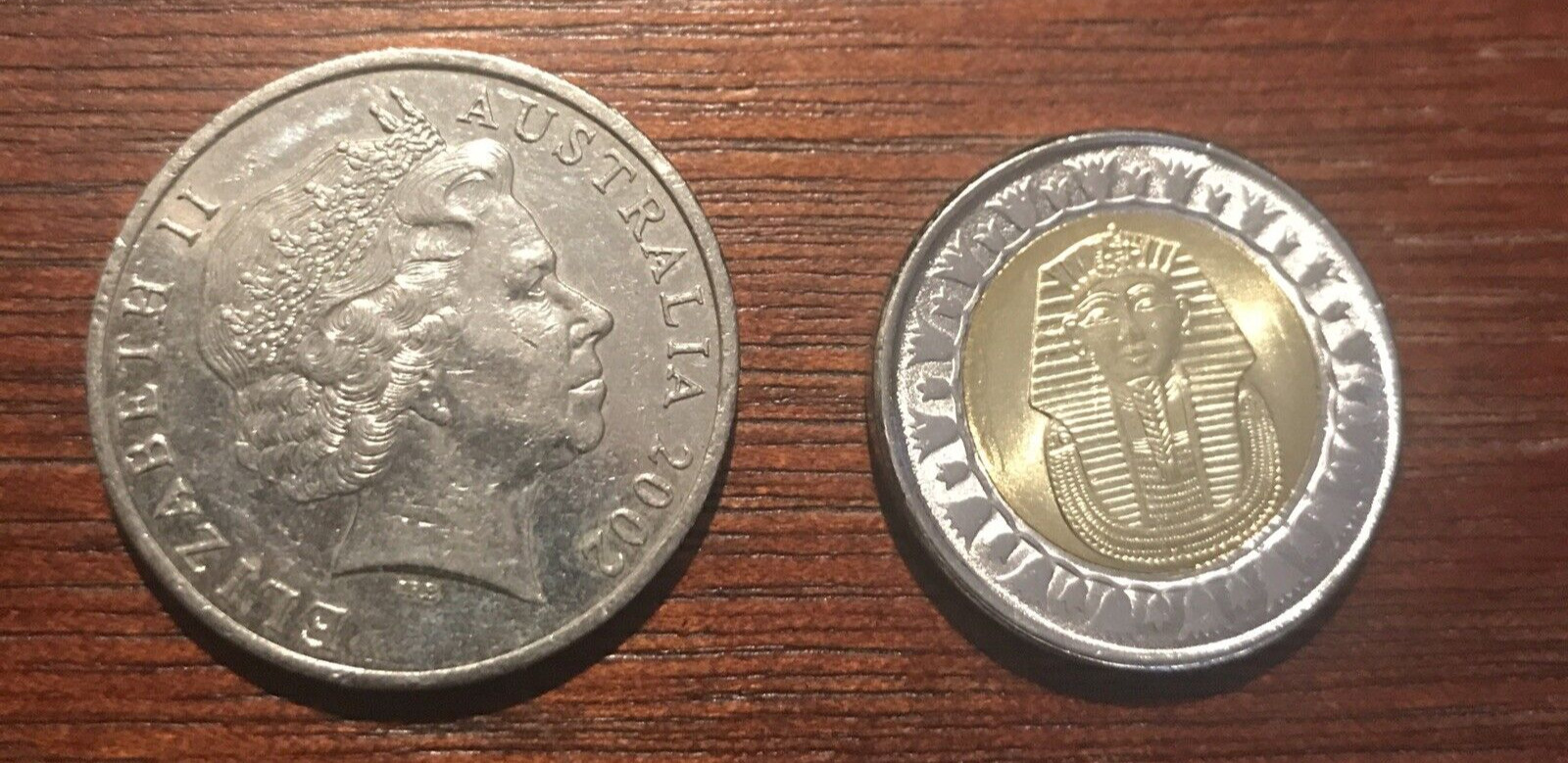-40%
1960, Egypt (UAR). Large Gold 5 Pounds "Aswan Dam" Coin. (42.5gm!) NGC MS-62!
$ 1384.23
- Description
- Size Guide
Description
CoinWorldTV1960, Egypt (UAR). Large Gold 5 Pounds "Aswan Dam" Coin. (42.5gm!) NGC MS-62!
Mintage: 5,000 pcs.
Reference: KM-402.
Mint Year: 1960 (1378 AH)
Condition:
Certified and graded by NGC as MS-62!
Denomination: Gold 5 Pounds -
Beginning of the Aswan Dam Construction in 1960.
Weight: 42.50gm (
1.1956 Ounces of pure Gold!
)
Material: Gold.(.875)
Diameter: 37mm
Authenticity unconditionally guaranteed.
Bid with confidence!
The
Aswan Dam
is an embankment dam situated across the Nile River in Aswan, Egypt. Since the 1950s, the name commonly refers to the
High Dam
, which is larger and newer than the Aswan Low Dam, which was first completed in 1902. Following Egypt's independence from the United Kingdom, the High Dam was constructed between 1960 and 1970. It aimed to increase economic production by further regulating the annual river flooding and providing storage of water for agriculture, and later, to generate hydroelectricity. The dam has had a significant impact on the economy and culture of Egypt.
Before the dams were built, the Nile River flooded each year during late summer, as water flowed down the valley from its East African drainage basin. These floods brought high water and natural nutrients and minerals that annually enriched the fertile soil along the floodplain and delta; this made the Nile valley ideal for farming since ancient times. Because floods vary, in high-water years, the whole crop might be wiped out, while in low-water years widespread drought and famine occasionally occurred. As Egypt's population grew and conditions changed, both a desire and ability developed to control the floods, and thus both protect and support farmland and the economically important cotton crop. With the reservoir storage provided by these dams, the floods could be lessened, and the water could be stored for later release.
Only 1$ shipping for each additional item purchased!
